The Star Wars Prequels Need To Be Understood, Not Fixed
Table of Contents
The Star Wars prequels have come into a better light as more context has expanded the story, but they never needed to be “fixed,” just understood.
You Are Reading :The Star Wars Prequels Need To Be Understood Not Fixed
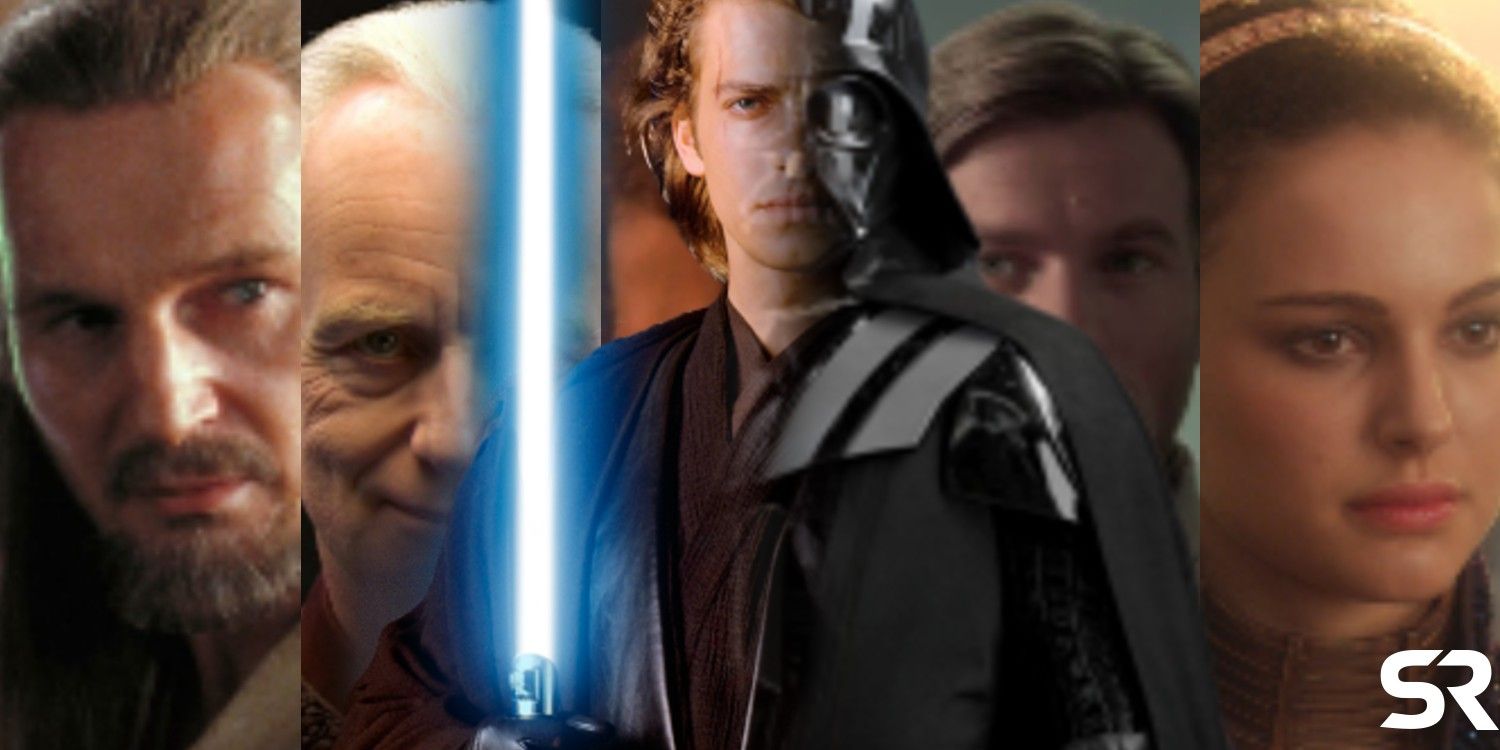
As Star Wars: The Rise of Skywalker quickly approaches to usher in the end of the Skywalker saga and fans are still locked in heated debates over Star Wars: The Last Jedi, it’s time to look back, once again, to another controversial Star Wars debate, the prequels.
Now that we’re 20 years separated from the release of Star Wars: The Phantom Menace, the debate over whether or not the prequels are good or bad is beyond tiring, but regardless of the actual cinematic quality of the prequels, their importance to the franchise can’t be overstated.
With numerous books and cartoons bringing additional clarity to the prequels in recent years, many people have said Lucasfilm is “fixing” the prequels, and while it’s true this additional canon material has helped fans come to a better understanding of the story of the prequels, saying it “fixes” the prequels suggests they were fundamentally broken in the first place, which just isn’t true.
The Prequels Were Misunderstood
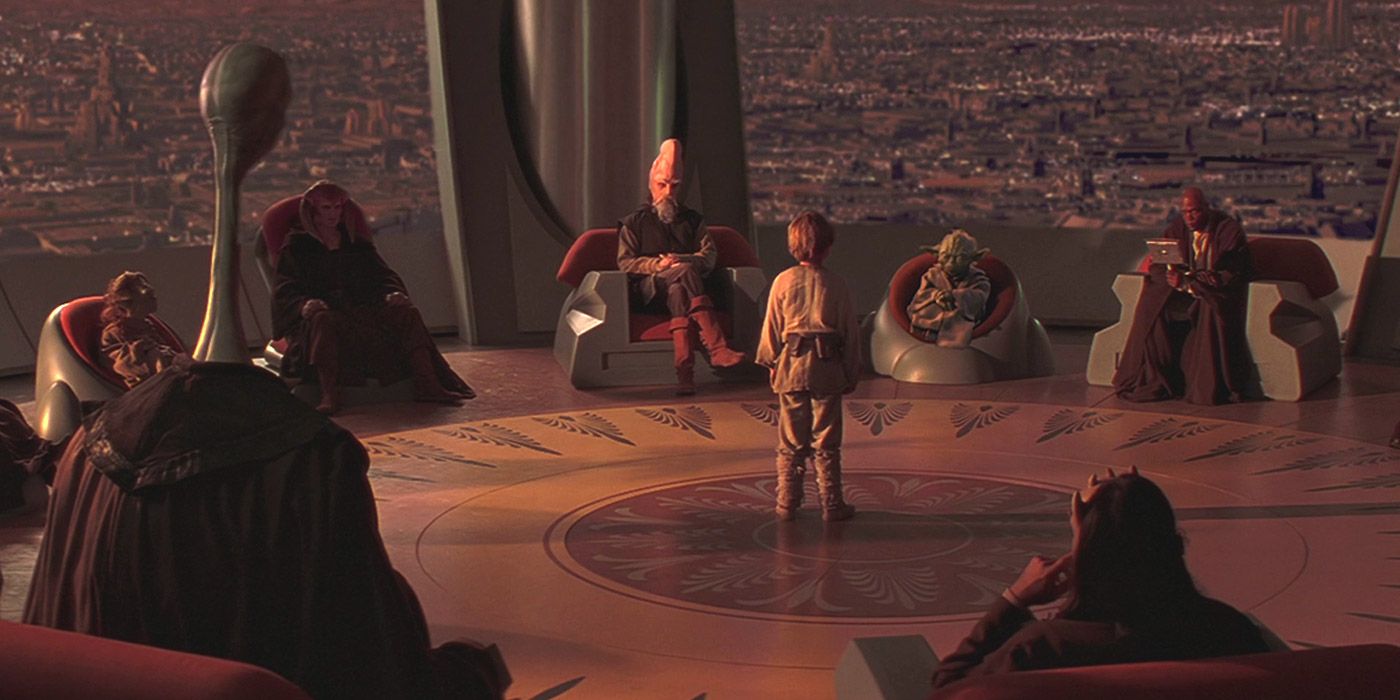
Since the prequels have come and gone, Star Wars fans have already gone through another cycle of the highs and lows of a Star Wars franchise revival. The Phantom Menace was coming after over a decade and a half without Star Wars movies to tell the story of how the galaxy got to where we find it at the start of Episode IV, Star Wars: A New Hope.
What everyone expected at the time was a return to the Star Wars that they loved, but George Lucas did something entirely different. When Star Wars: A New Hope (or, just Star Wars at the time) was released, it was heavily influenced by Akira Kurosawa, Flash Gordon serials, and John Ford westerns all wrapped up in a lived-in futuristic post-Word War II aesthetic, but the prequels struck a very different look and feel.
Taking place 3 decades before the events of the original trilogy, yet created a decade and a half after Star Wars: Return of the Jedi, Star Wars: The Phantom Menace not only takes place in a galaxy entirely untouched by the turmoil that led to the rise of the Empire and the world we are introduced to in the Star Wars original trilogy, but also derives different story and design inspirations.
While the Kurosawa and John Ford inspiration doesn’t vanish, Star Wars: The Phantom Menace and the other prequels leaned way more into the Flash Gordon inspiration, also getting heavy influence from works like Isaac Asimov’s Foundation books, and fittingly leans into Shakespearean drama to tell the story of the collapse of the Republic. Almost everything in the original trilogy was old and lived-in, but the prequels roll the clocks back a few decades to introduce designs that also take influence from a few decades earlier in the real world, while also including a less worn-down version of many of the trappings of the original trilogy.
The movies looked and felt different, but that was because the universe actually was different. It wasn’t yet savaged by the conflict of the Clone Wars, the Republic hadn’t been taken over by a Sith Lord and turned into the Galactic Empire, and the Rebel Alliance hadn’t yet started a Galactic Civil War against the Empire. The characters that inhabited that world were also far less cynical, even naive, particularly the Jedi, as a result.
The phrase “special something” or “magic” are thrown around to describe what made Star Wars so special, and many people claimed the prequel trilogy lacked that, and while discussions could be had (and have, for 20 years now) about the dialogue and acting and the quality of the VFX, it really comes down to expectations. The dialogue, acting, and VFX in the original trilogy are also imperfect many times, and it didn’t all age perfectly, either. The difference is the prequels were saddled with expectations before anyone had even seen a single frame of the movie.
We’re still suffering the fallout of the initial prequel reaction, as Lucasfilm and Disney constantly emphasize the use of real sets and practical effects on the sequel trilogy, but the prequels also had an abundance of practical sets and effects (even more than the original trilogy, in fact), and while detractors have picked apart low points in the VFX of the prequels in the decades since their release, much of the prequels’ use of CGI goes entirely unnoticed because of how well it’s stood up.
The prequel backlash, therefore, is rooted way more in expectations derived from a nostalgic view of the original trilogy, as well as a misunderstanding of what Lucas was even going for in Episodes IV, V, and VI in the first place (more on that later).
The Prequels Didn’t Get a Proper Examination When They Were Released
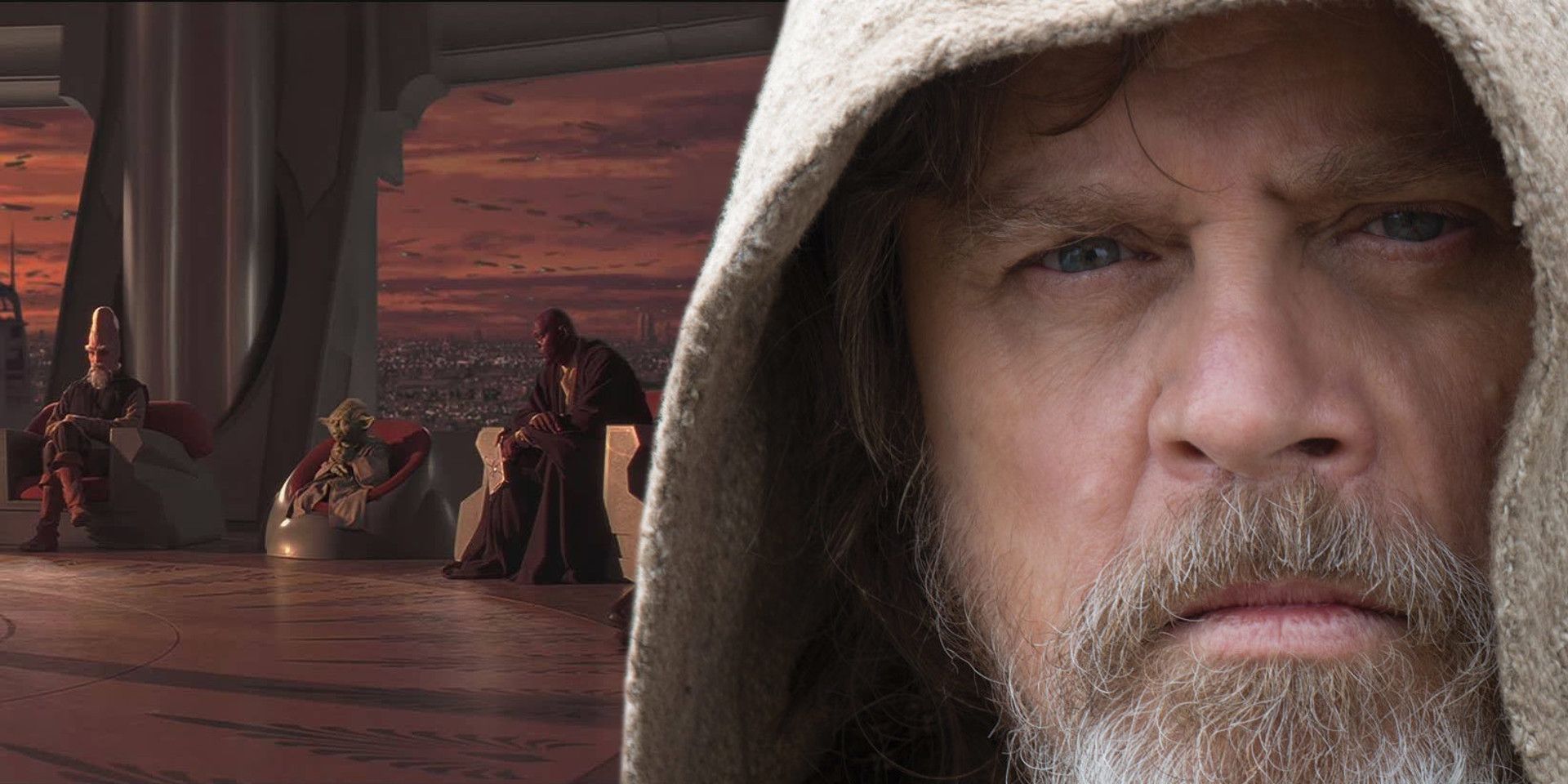
The fact that George Lucas defied expectations with Star Wars: The Phantom Menace and didn’t just deliver more of the same Star Wars movies he’d made over a decade earlier wouldn’t have been such a big problem if the discourse surrounding the movies resembled the discourse that benefitted Disney’s Star Wars sequels. Sure, there’s a heated debate that continues to rage over Rian Johnson’s Star Wars: The Last Jedi, but both Star Wars: The Force Awakens and Star Wars: The Last Jedi also benefitted from an internet that had a desire to understand and explain what the movies were doing and why.
For every angry article or YouTube video criticizing Star Wars: The Last Jedi, there’s another explaining the cinematic inspirations, story justification, and Star Wars canon implications of the movies. Not to say The Last Jedi is without its flaws. The film suffers from a tonal imbalance, uneven pacing, and a few head-scratching character decisions, but the prequels and even some of the original trilogy (mostly Return of the Jedi) have similar issues. But, unlike The Last Jedi, it wasn’t until recent years that the prequels got a proper mainstream re-examination, finding fascinating qualities that were unheralded on their initial release, such as the popular Star Wars ring theory of storytelling.
It wasn’t so much that audiences failed to understand the prequels – it wouldn’t be the first time a movie was misunderstood – but there was no drive to find an understanding, and instead, they instantly became pop-culture joke fodder, and quickly became shorthand for “bad.”
New Star Wars Canon Has Added Context To The Prequels
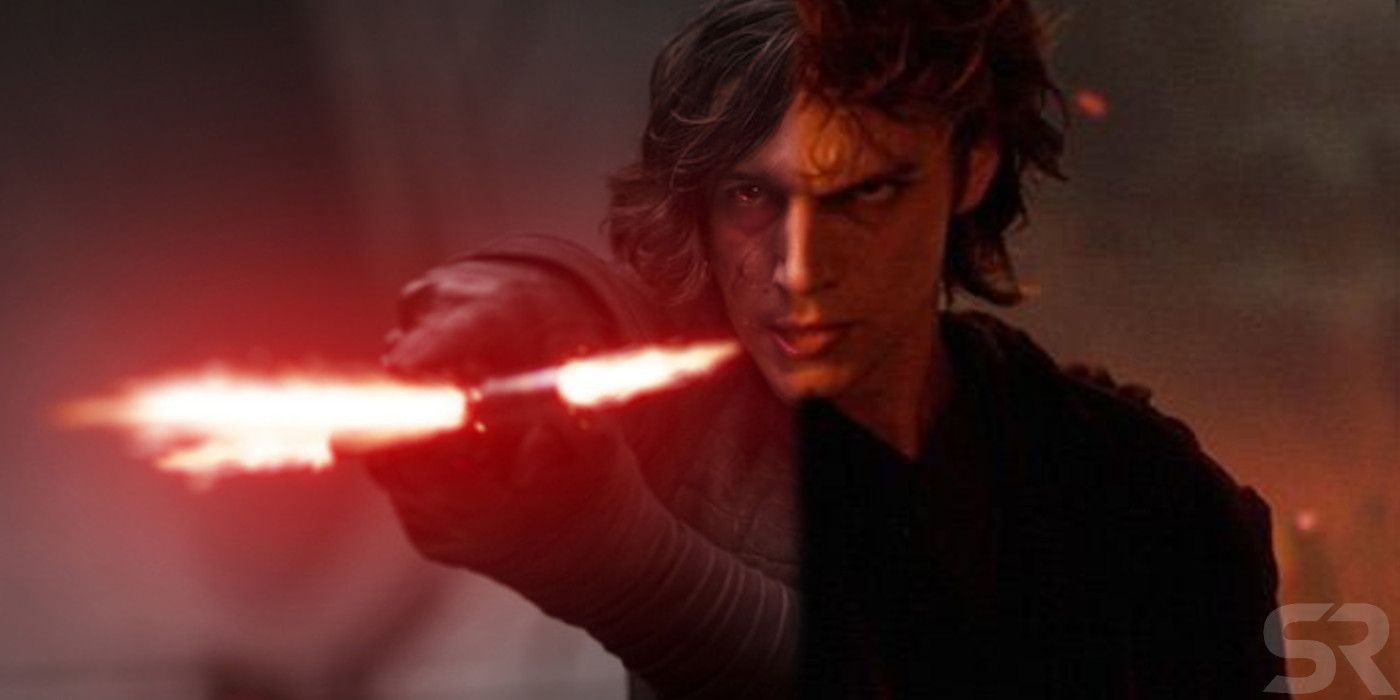
Thankfully, the massive popularity of Star Wars stopped the prequel hate from bringing an end to the franchise, and Lucasfilm didn’t shy away from the prequels as much as many fans expected them to, embracing aspects of the prequels in the new movies, and expanding massively on them in books, comics, and animation.
The Star Wars: The Clone Wars animated series is a fan favorite example many fans cite as the reason their perception of the prequels began to improve, but other new-canon stories have also fleshed out the story of the universe even more, bringing even more people around on what made the prequels great.
While many fans entered the prequel trilogy believing the Jedi to be righteous heroes, that’s not what the prequels presented, and that subversive presentation has become more understood through stories showing the growing arrogance of the Jedi, their distrust of Anakin Skywalker, and their blindness to the machinations of Sheev Palpatine.
While Star Wars: Revenge of the Sith properly tells the story of Anakin’s struggle to save those he loves as he’s pushed closer to Palpatine, who’s the only person who appears to trust him or help him in any way. The broader picture of the collapse of the Jedi and Palpatine’s chess-master scheming to take control of the galaxy, provided by non-movie stories, has fleshed the story out to the point where Anakin’s fall to the dark side isn’t merely understandable, but empathetic (even if we all agree killing all the Jedi younglings is a step too far).
The Star Wars Prequels Never Needed Fixing To Be Understood
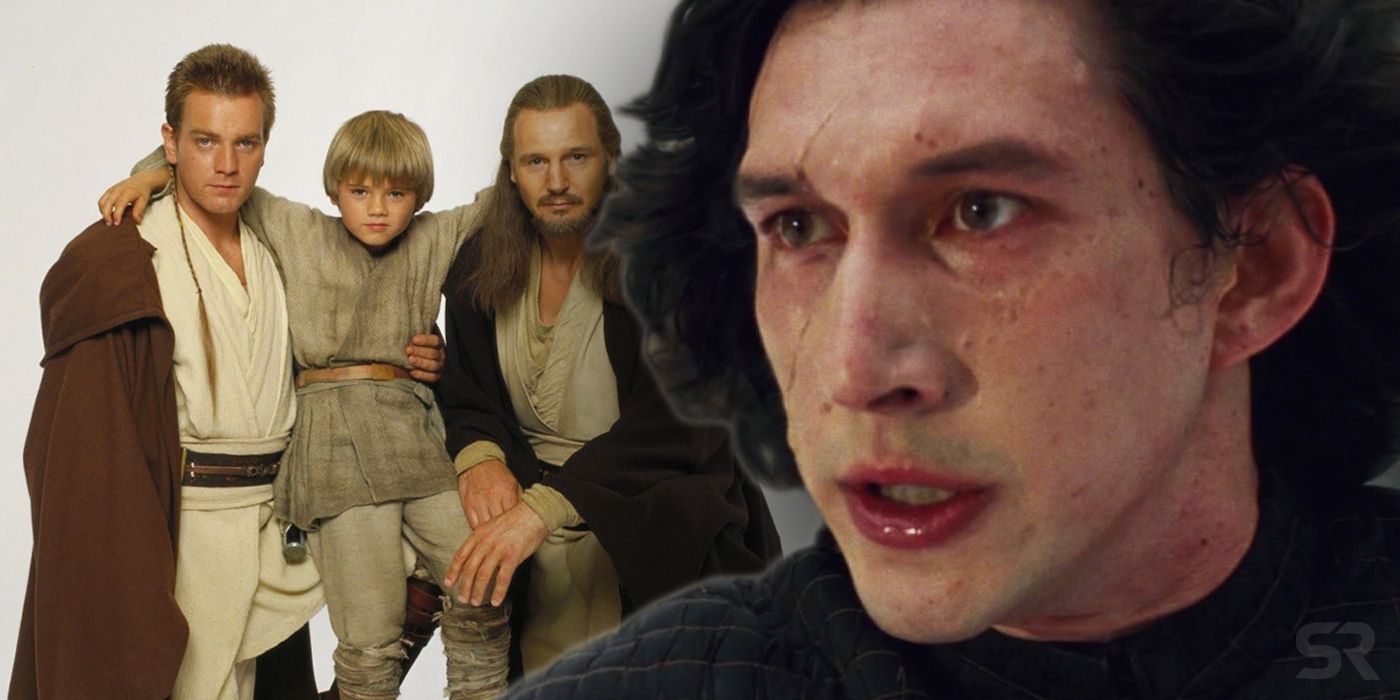
Looking at the abundance of new stories that help contextualize and explain what was happening in the prequels often leads many fans to say the extra canon material “fixed” the prequels, but that makes the assumption that this level of nuance wasn’t already present in the films themselves, when, in fact, the stories aren’t already presented in the prequels, but the subversive nature of the story is even set-up in the original trilogy.
Anakin was rejected by the Jedi from his first appearances in front of the Jedi council. After examining him and confirming his abilities, the council pushed back against Qui-Gon’s desire to train him, and Anakin never forgot that. Getting off on that wrong foot led to him mistrusting the Jedi’s stance on many things, including their views on love and attachment.
When he’s falling in love with Padme and having nightmares about his mother, the council isn’t helpful, simply telling him he needs to be willing to let go of the things he’s afraid of losing. And through it all, the only person, other than Obi-Wan Kenobi, who praises Anakin’s powers, trusts his judgment, or offers aid is Supreme Chancellor Sheev Palpatine. So, when matters ultimately force Obi-Wan to side with the Jedi, that leaves a Sith Master as the only person who has been empathetic or expressed a desire to help Anakin in his struggles.
This is a major failing of the Jedi, and it’s not something that comes out of left field. Obi-Wan Kenobi may have declared that the Jedi were guardians of peace and justice in the galaxy for a thousand generations, but that doesn’t mean the Jedi were right in the prequels. In fact, the original trilogy is a condemnation of the old Jedi, Obi-Wan and Yoda, who tell Luke the only path to victory is to kill Darth Vader.
Luke ultimately rejects the ideology the previous generation of Jedi at the end of Star Wars: Return of the Jedi, the same ideology that led to the fall of the Jedi and the rise of the Sith, and it’s through his refusal to kill Vader that ultimately serves as the demonstration of love Anakin Skywalker needed all along, bringing him back from the dark side to (apparently temporarily) defeat Palpatine and overthrow the Empire.
Unfortunately, this kind of reflection wasn’t in high demand when George Lucas made the prequel trilogy, so it wasn’t until years later when other material pointed out the nuance that already existed in the storytelling of the prequels that they finally started to gain mainstream acceptance, and now we live in a day and age, 20 years after the release of Star Wars: The Phantom Menace, where the prequels have never been more highly regarded.
And not a moment too soon. with Star Wars: The Rise of Skywalker on its way to provide the final act of the three trilogy Skywalker saga, the movie will doubtless draw heavy inspiration from the story of the prequels, especially with the return of Palpatine, AKA Darth Sidious. Sure, he was originally introduced in Star Wars: Return of the Jedi, but the prequel trilogy is all about him and his rise to power, arguably even more so than it is about Anakin’s fall to the dark side.
With fans continuing to be divided over Star Wars: The Last Jedi, hopefully the saga’s final installment can bring closure in a way that not only honors the three Skywalker trilogies, but also brings a better understanding to how each movie, from the prequels to The Last Jedi, all play an important part of one of the best stories to ever grace the big screen, even if fans aren’t always ecstatic about the movie’s execution.
Link Source : https://screenrant.com/star-wars-prequels-understood-fixed/
